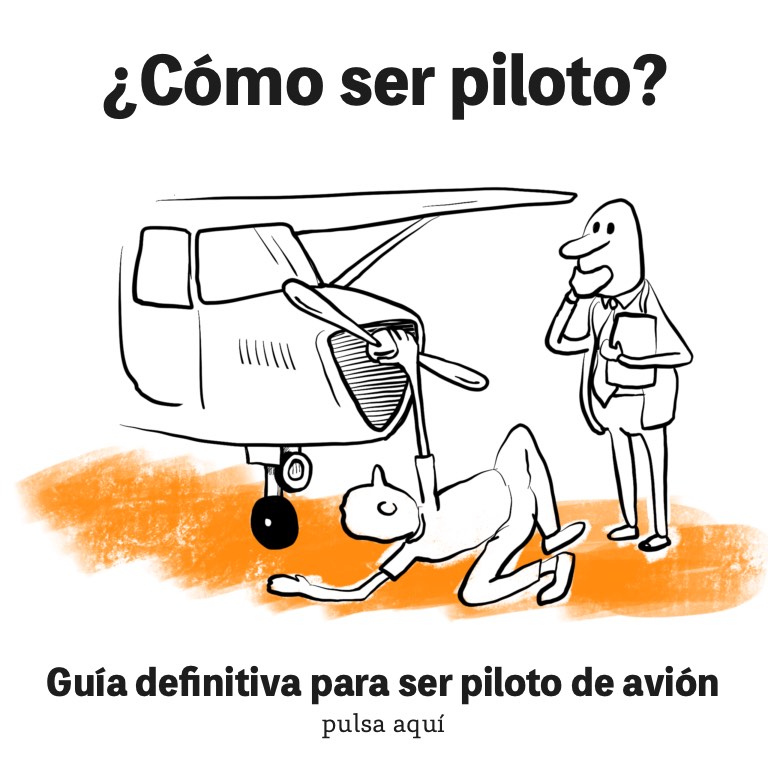 La fatiga continua siendo un factor importante en la Seguridad Aérea. Para estudiar cómo influye la fatiga en la operación aérea me metí en la página de la ASRS (Aviation Safety Reporting System) http://asrs.arc.nasa.gov/ para estudiar diferentes casos donde las tripulaciones indicaban en sus informes voluntarios y confidenciales que la causa del informe estaba relacionada con la fatiga.
La fatiga continua siendo un factor importante en la Seguridad Aérea. Para estudiar cómo influye la fatiga en la operación aérea me metí en la página de la ASRS (Aviation Safety Reporting System) http://asrs.arc.nasa.gov/ para estudiar diferentes casos donde las tripulaciones indicaban en sus informes voluntarios y confidenciales que la causa del informe estaba relacionada con la fatiga.
Así pues, en la base de datos seleccioné “fatigue” y extraje los informes desde el año 2009 a finales del 2010, salieron con estos criterios unos 500 informes. Muy interesantes y de los que de casi todos se pueden sacar valiosas “lecciones que aprender”. Entre todas ellas he seleccionado tres que pueden ser representativas del resto, son éstas:
Pequeños errores de los pilotos por la fatiga
Primer informe:Referencia: ACN: 903251
Synopsis
A B767-300 crew failed to set the current altimeter when passing the Transition Altitude for that day and leveled off high. ATC queried their altitude and so they returned to the assigned altitude. The crew was on day thirteen of a fourteen day trip and believe fatigue was an issue.
Narrative:
On departure from a Middle Eastern airport we leveled at 13,000 MSL. That was the transition altitude for the area that day. We got clearance to climb to 15,000 MSL. The autopilot was engaged and started a climb. Upon leveling, ATC questioned are altitude and asked if we had 1013 MB set in our altitude window. I was the flying pilot and disconnected the autopilot and returned to 15,000 MSL.
The standard altimeter setting was never set to 1013 MB. Both the Captain and I had forgotten to do that. There were never any TCAS alerts or appeared to be another aircraft in our vicinity. The rest of the flight continued to destination without incident. The factors leading up to this incident could have been fatigue. Although the Captain and I felt we were able to operate this flight safely, our schedule leading up to this was causing fatigue issues that were unaware to both of us. This was the next to the last day of a 14 day trip around the world. Our circadian rhythm is routinely disrupted on these long trips around the world. More rest is needed on the layovers to properly get the crew ready for the task at hand. Just because it is legal in the eyes of the FAA and the company, doesn’t mean its safe! I feel the system we operate in is a very good system, but some things need to change for the better. Our international schedules are very demanding on the mind and the body. I would like to see more stringent rest rules that correct circadian rhythm disruptions. Until then we as pilots will continue to be professionals and operate our aircraft in the safest way possible!
Las quejas de los pilotos fatigados
Segundo informe:Referencia: ACN: 901688
Synopsis
A commuter air carrier Captain expressed his opinions about the airline’s unsafe scheduling practices and their threats of discipline for pilots who exercise their responsibility to not fly when physically impaired due to fatigue induced by those practices.
Narrative:
Unsafe scheduling practices our airline is pushing pilots to the limits of exhaustion and is using tactics to intimidate pilots into flying when it is UNSAFE to do so. Just because it may be «LEGAL» does NOT mean it is «SAFE»! If the recent crash in Buffalo cannot change the rules than this industry and its pilots are in serious trouble. Today, I am scheduled to fly 8 legs with «quick» turns with essentially zero down time, [from mid-afternoon to late into the night]. And will do the same for the next 5 days in a row. Our schedules are 6 days on 2 days OFF…repeatedly. Our short staffing is our Company’s responsibility, however, this means one pilot is flying and on duty that would ordinarily take 3 pilots to cover. In other words, one pilot is picking up the slack. Our FATIGUE calls are at an alarming rate!!! In fact, if pilots call FATIGUE more than once they are issued verbal warnings, letters or are sent to company headquarters for meetings which are rarely safety consciousness oriented. OUR PILOTS ARE PROFESSIONAL AIRLINE PILOTS THAT DESERVE BETTER. THE FLYING PUBLIC DESERVES BETTER! Hopefully, someone with authority to make and implement regulations and policies will listen.
Errores inducidos por la fatiga de vuelo
Tercer informe:Referencia: ACN: 899943
Synopsis
A fatigued A319 Flight Crew reported encountering wake vortex on approach to LAX, causing enough distraction that the gear was not extended until they got the warning.
Narrative:
Creeping fatigue had a definite effect to cause me to not put the gear down in a timely manner. We were following a B747 on a visual approach by 4.5 miles. We encountered wake turbulence at about the time we usually put the gear down. We encountered it again at 1000 feet one dot above the glide slope and I remembered being annoyed that the B747 was high on glide slope. We missed the 1000 foot call. At 700 feet the gear warning bell sounded and we put the gear down before 500 feet. I remember thinking that as tired as we both were it would be safer to land than to go around beating ourselves up going around the pattern. I knew we had gear and full flaps so I used my emergency authority and landed. We had flown a tough three day trip were fatigue crept up on us. I felt OK [on departure]; however, I felt very tired at the top of descent. We had a very short night the night before. I believe that it was a chain of events that led to our not getting the gear down in a timely manner. Fortunately, the system worked and we landed safely.
En el siguiente enlace aparece el libro publicado por Juan Urrutia: El Factor Humano en los Accidentes Aéreos
http://www.bubok.es/libros/








 Juan Urrutia de Hoyos
Juan Urrutia de Hoyos  28/11/2011
28/11/2011 